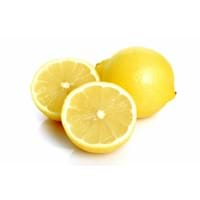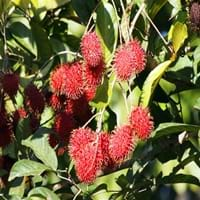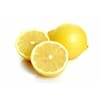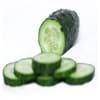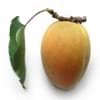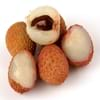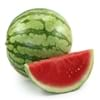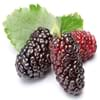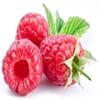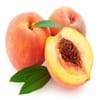Health Benefits
Arthritis treatment, Asthma treatment, Cancer prevention, Kidney stone treatment, Prevents constipation, Purging blood, Treatment of rheumatism
Anti-oxidant properties, Boosts immune system, Skin rejuvenation, Strengthening of bones
General Benefits
Boosts immune system, Cures headache, Cures fever, Digestive aid, Flu treatment, Maintains healthy cholesterol level, Treatment of common cold
Antiseptic properties, Cures headache, Removes waste from kidney
Skin Benefits
Heals sunburn, Reduces wrinkles, Skin rejuvenation, Treatment of acne, Treatment of skin diseases
Hydrates skin
Hair Benefits
Prevents hair loss, Treatment of dandruff
Good conditioner
Allergy Symptoms
Eczema, Hives, Inflammation, Itching, Skin rash, Swelling
Chest pains, Rhinitis, Wheezing
Side Effects
Diuretic effects, Heart burn, Tooth decay, Chances of sunburn
Unknown
Best Time to Eat
Along with meal, Best to drink lemon water on an empty stomach., Don't consume at night and before bed
As a snack in the late afternoon, Don't consume at night and before bed, Eat the fresh ones, avoid mixing with any other foods, don't eat after meal., Morning time (before lunch)
Vitamin B5 (Pantothenic Acid)
Vitamin C (Ascorbic Acid)
Vitamin K (Phyllochinone)
Phytosterol
Not Available
Calories in Fresh Fruit with Peel
Not Available
Calories in Fresh Fruit without Peel
Not Available
Calories in Jam
Not Available
Calories in Pie
Not Available
Type
Citrus, Tree fruit
Tree fruit, Tropical
Season
All seasons
Early summer, Early winter, Late fall, Late spring
Varieties
Avalon Lemon, Bears Lemon, Buddha's Hand, Bush Lemon, Citron, Eureka Lemon, Dorshapo Lemon, Finger Citron and Fino Citron
Rongrien, Chompu, Rapiah, Bingjai and Lebak Bulus
Color
Yellow, Yellowish-orange
Coral red, Yellow
Inside Color
Yellow
Greyish-white
Origin
China, India
Unknown
Soil Type
Well-drained
Clay, Loam
Climatic Conditions
Hot, Sunny
Humid
Facts about
- Oil extracted from lemon peels is used for fingerboard of guitars.
- During Renaissance, ladies used lemons to redden their lips.
- Aroms of lemon decreases the level of stress hormones.
- Oils extracted from its seeds is used to make soaps and candles.
- 'Rambut' means hairy in Malay.
- It makes the best hair mask.
- Seeds are edible and healthy too.
Top Producer
China
Thailand
Other Countries
Argentina, Brazil, India, Iran, Italy, Mexico, Spain, Turkey, United States of America
Africa, India, Indonesia, Malaysia, Philippines, Sri Lanka
Top Importer
United States of America
Singapore
Top Exporter
Mexico
Thailand
Botanical Name
Citrus limon
Nephelium lappaceum
Synonym
Not Available
Rambota
Subkingdom
Tracheobionta
Tracheobionta
Division
Magnoliophyta
Tracheophyta
Class
Magnoliopsida
Magnoliopsida
Order
Sapindales
Sapindales
Family
Rutaceae
Sapindaceae
Species
C. limon
N. lappaceum
Generic Group
Citrus fruit
Not Available
Difference Between Lemon and Rambutan
We might think that Lemon and Rambutan are similar with respect to nutritional value and health benefits. But the nutrient content of both fruits is different. Lemon and Rambutan Facts such as their taste, shape, color, and size are also distinct. The difference between Lemon and Rambutan is explained here.
The amount of calories in 100 gm of fresh Lemon and Rambutan with peel is Not Available and 69.00 kcal and the amount of calories without peel is 29.00 kcal and Not Available respectively. Thus, Lemon and Rambutan belong to Low Calorie Fruits and High Calorie Fruits category.These fruits might or might not differ with respect to their scientific classification. The order of Lemon and Rambutan is Sapindales and Sapindales respectively. Lemon belongs to Rutaceae family and Rambutan belongs to Sapindaceae family. Lemon belongs to Citrus genus of C. limon species and Rambutan belongs to Nephelium genus of N. lappaceum species. Beings plants, both fruits belong to Plantae Kingdom.
